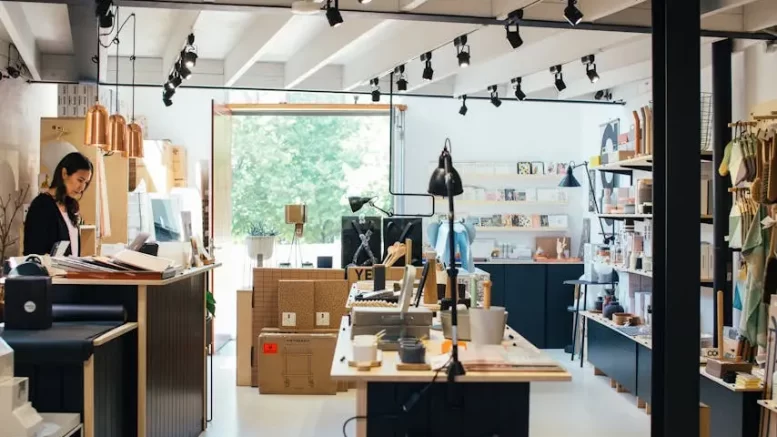Inflation has presented a serious issue for retailers throughout the last the last few years. Increased costs caused by inflation may mean lower profit margins if in-store prices are not raised.
However, raising prices could push loyal customers away. Kavan Choksi / カヴァン・チョクシ points out that inflation causes the prices of most goods and services to go up, due to which consumers tend to scale back overall spending or prioritize necessities and select inflation-proof purchases.
Kavan Choksi / カヴァン・チョクシ discusses how inflation impacts retail businesses
Rise in costs is among the most direct effects of inflation on retail businesses. Inflation leads to higher prices for raw materials, manufacturing, and transportation. As suppliers raise their prices to cover increased costs, retailers have to deal with higher procurement expenses.
For instance, in case the cost of goods sold (COGS) rises due to inflation, retailers may have to adjust their pricing strategies to maintain their profit margins. However, this can be challenging as raising prices might deter price-sensitive customers, potentially reducing sales volume.
The key impact of inflation comes from how the customers react to it with their purchasing decisions. If a retail store sells non-essential goods, then inflation is likely to reduce demand, as increasing consumers would reallocate their spending to more essential goods and services.
During inflation, consumers would be more concerned about preserving the value of their existing cash, covering their debts and meeting their daily expenses, than investing or spending on non-necessities. This trend invariably acts against the retail businesses, as it leads to a decline in consumer purchases, thereby creating inventory forecasting problems.
Pressured by inflation and a red-hot labour market, many retailers increase hourly wages at unprecedented rates to retain their employees. As per the US Bureau of Labor Statistics, the average hourly wages increased by 5.1% between February 2021 and February 2022, the most in over a decade. However, as consumer prices went up 8% in that same period, the increased wages resulted in less purchasing power.
Moreover, with increased competition among employers to hire and retain workers, a large number of retail employees ended up quitting their jobs to pursue new, more lucrative opportunities.
Even the ones who wanted to stay at their old retail jobs, opted to seek new, higher-paying opportunities to leverage with their current employers.
This left retailers in a tough position. Paying more to the workers further ate into already decimating margins, while not increasing their pay cause stores to be understaffed. Neither is good for brand perception or consumer value.
Kavan Choksi / カヴァン・チョクシ mentions that it is important to recognize the significant role that retailers’ reliance on the global supply chain plays in influencing retail prices and consumer purchasing behaviours, particularly in the context of inflation.
The COVID-19 pandemic caused an extraordinary increase in demand for goods like electronics, furniture, and sports equipment, exacerbating the strain on an already overburdened global supply chain.
This heightened demand has placed immense pressure on suppliers and port workers worldwide, especially in China, where pandemic-related restrictions further complicate the situation. As the need for goods rose, so did the demand for shipping capacity, leading to increased shipping costs that significantly lowered retailer margins.

Be the first to comment on "Kavan Choksi / カヴァン・チョクシ Sheds Light on How Inflation Impacts Retail Businesses"